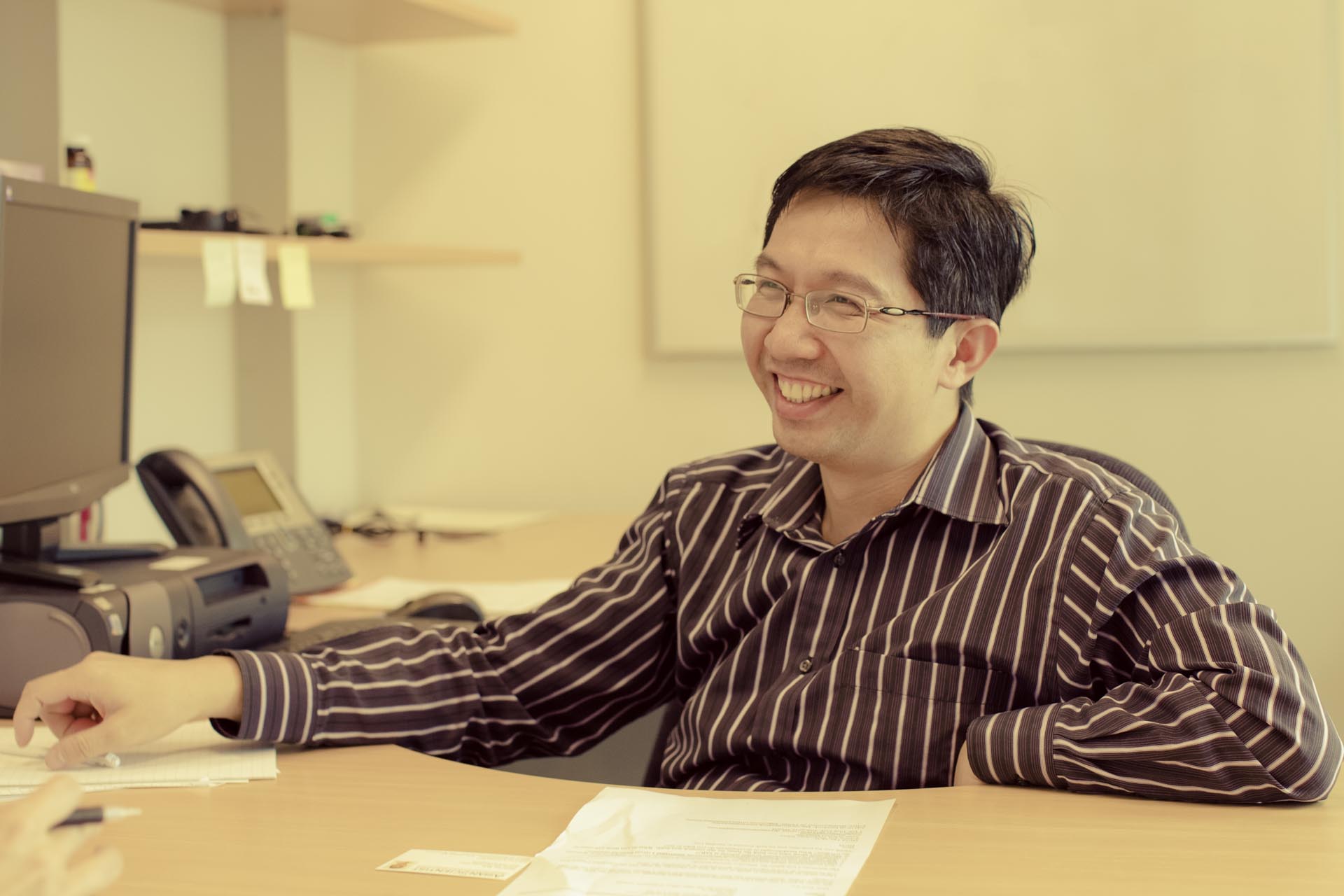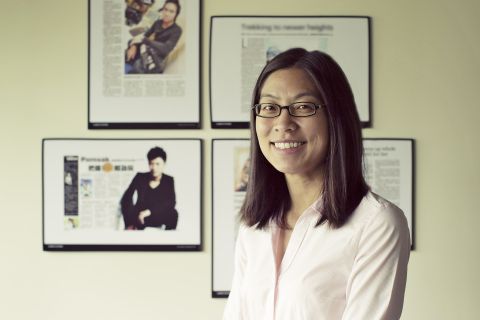
Professor YU Jun, of the SMU School of Economics and Lee Kong Chian School of Business, has developed an early financial warning system to monitor speculation and the formation of financial asset and related market bubbles in real time.

Photo Credit: Darren Yau
By David Tan
SMU Office of Research (30 Sep 2013) – In the wake of the 2003 SARS epidemic, with the help of WHO, health authorities in China and many other countries put in place an early warning system to manage any future outbreaks. By classifying infectious diseases into four classes of severity, with different responses for each class, the early warning system sought to contain new viral strains before they developed into epidemics.
In a similar spirit to this approach, Professor Yu decided in 2005 to work on creating an early warning system for the financial industry. Yu is professor of economics and finance at the Singapore Management University (SMU), as well as the director of the Sim Kee Boon Institute for Financial Economics (SKBI) and co-director of the Centre for Financial Econometrics (CoFiE). At CoFiE, Professor Yu shares the directorship with Peter Phillips, distinguished term professor of economics at SMU and a Sterling professor at Yale University.
Together with Professor Yangru WU at Rutgers Business School, and Dr Shuping SHI at Australian National University, Professor Yu and Professor Phillips designed the methodology and applied it to the vast amount of diverse data available in the financial markets, from interest rates and foreign exchange rates, to prices of equities, assets and commodities.
Similar to the SARS early warning system, Professor Yu explains that their method sets thresholds to classify the state of the financial market. “We have threshold values and a test statistic (to analyse current financial data). Our test statistic can be used to match against threshold values and hence we can classify how dangerous the situation is in real time.”
According to Professor Yu, the reasons for doing so were clear. By generating statistical tools to process the data and creating models to measure exuberance, researchers could track the health of financial markets in real time and detect early signs of trouble.
For example, when the most recent global financial crisis hit in 2008, wildly and rapidly escalating commodity prices had an impact on the welfare of many households, especially poor ones, a scenario he does not want repeated.
“We wanted to know whether there was speculation going on. If there is a bubble, can we effectively estimate the bubble origination and conclusion dates? An accurate timestamp of the bubble origination date is critical to policy makers,” Professor Yu says.
A few years prior to the dot-com bubble burst in 2000, former US Federal Reserve Board chairman Alan Greenspan used the now immortal phrase “irrational exuberance” to describe the over-valuation of the stock market.
Professor Yu found that by applying the method developed at SMU to the NASDAQ, signs of a bubble could be detected 18 months prior to Greenspan’s comments. Thus, he sees the method as an early warning detection system to help central bankers and policy makers prepare for similar crises.
There has been widespread interest in the research agenda that has attracted much attention since the first paper on this research agenda was published in 2011.
Central banks worldwide including those from the United States, Canada, Germany, France, South Korea, China, Hong Kong, Taiwan and Singapore have expressed interest in applying the method to monitor their markets. In addition, international organizations and commercial banks, such as IMF, Asian Development Bank and DBS, are also interested in using their method.
Tackling Inflation, Property Prices & Ageing in Singapore
Closer to home, Professor Yu has developed interesting indices useful to Singapore. One of these is an index of inflation expectations, which he co-developed with Dr. Aurobindo Ghosh at SKBI.
“Inflation is one of the most important variables in the conduct of monetary policy. Central banks try to stabilise price levels so that it is easier for investors and consumers to make rational decisions. While we can track historical inflation levels, what’s more important is the expectations,” he explains.
In the study, his team asked 400 typical households in Singapore what they thought the inflation rate would be in one year and in five years. They then compared the survey data with inflation forecasts gathered by a small number of professional economists. Interestingly, Professor Yu found that the average inflation expectation of Singapore’s households was closer to the actual inflation rate compared to professional forecasts.
Another index that Professor Yu is hoping to launch soon is one that monitors real estate prices in Singapore. “We are trying to use a different methodology than what’s already in the literature. There are unique characteristics in Singapore that should be taken into account.”
He believes that both consumers and policy makers alike will benefit from this index: consumers would be interested in this index to time their home purchases, while policy makers could use it as a tool to decide whether stimulus or cooling measures might be needed.
Finally, to tackle the pressing problem of a rapidly ageing population in Singapore, Professor Yu is measuring whether Singaporeans are financially prepared for ageing and retirement. He hopes that the research on this topic by him and his team at SMU will not only help Singapore cope with its ageing population, but also other greying countries that look to Singapore as a model to follow.
“We are taking the ageing issue in Singapore very seriously so we are working with our board to see how we can address some of the important questions related to the ageing population,” he says.
See More News
Want to see more of SMU Research?
Sign up for Research@SMU e-newslettter to know more about our research and research-related events!
If you would like to remove yourself from all our mailing list, please visit https://eservices.smu.edu.sg/internet/DNC/Default.aspx
